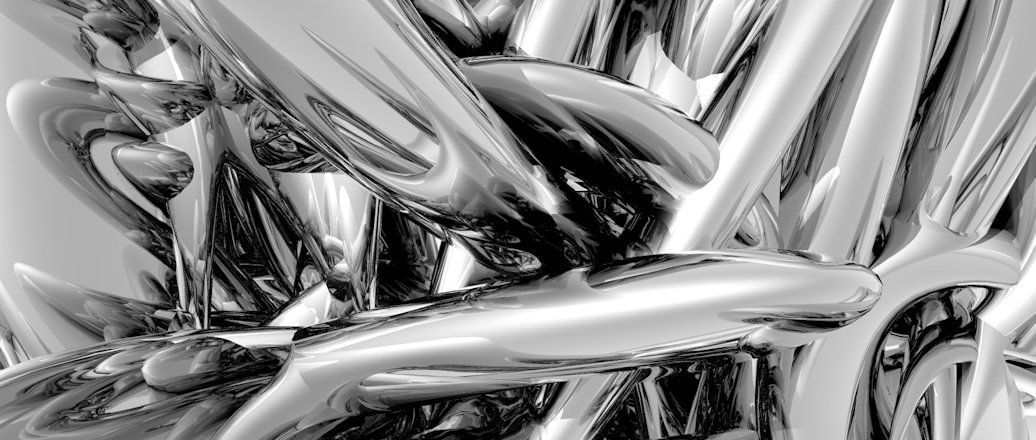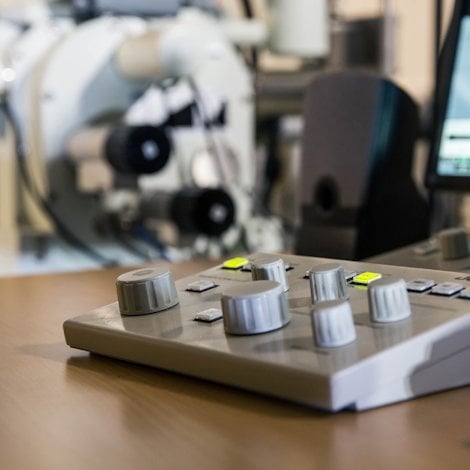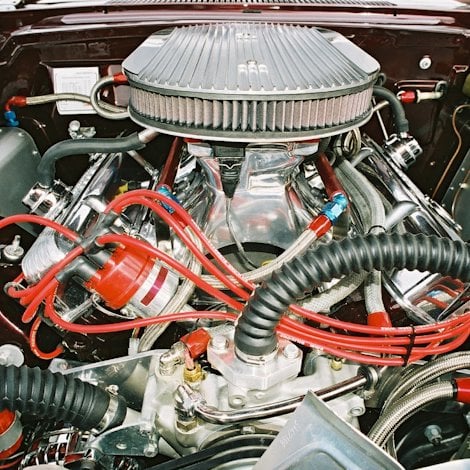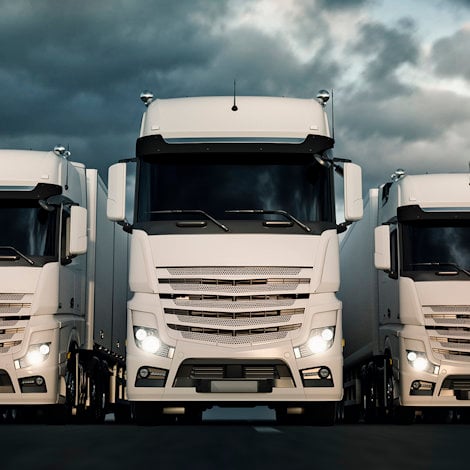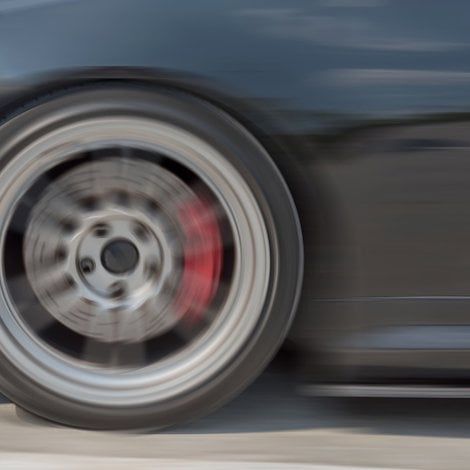Four points to help you optimize the hot metal gas forming process
Hot metal gas forming (HMGF) is a method of die forming in which a metal tube is heated to a pliable state, near but below its melting point, then pressurized internally by a gas, to form the tube outward into the shape defined by an enclosing die cavity.
Despite the many advantages of this process – automotive engineers can replace several structural components with one complex hollow profile – few components have been series-produced and that makes people afraid of production issues. Good simulation techniques will help you overcome this fear.
Ford, General Motors and Honda are among the companies that are becoming more aware of HMGF for aluminium components and systems. They know its benefits. Many universities and institutes are now also investigating the technology.
With HMGF, you can take your design to the next level and get the stiffness, strength and light weight that only extruded aluminium can provide.
Hot metal gas forming simulation
When it comes to HMGF, I would say excellence in simulation is the key. If manufacturing of components can be simulated with realistic results in the feasibility stage, the design and forming process can be adapted to give strong three-dimensional components with a robust production.
We recommend three-dimensional shapes and simulating in multiple softwares. Getting and giving good support to the software developers is important.
The bottom line is you have to make sure the part is going to work in the forming process as well as when it is in service.
HMGF process improvements
Here are four points to consider to help you optimize the HMGF process:
- Alloy and microstructure. Different alloys behave differently at high temperatures. The microstructure of the alloy also has a big impact on the results. You have to have a good metallurgical understanding to successfully form components with repeatable results with HMGF. Most of the standard soft and high-strength alloys work well with the forming technique if they are extruded in the right way.
- Friction. Hot aluminium has a tendency of sticking. Cladding builds up, and this can create defects/change the results. Developing a good tribological setup is one of the areas you should prioritize.
- Die design. This brings you up to the next level. It is crucial for complex parts and good tolerances.
- Simulate. I can’t stress this enough. No one can afford to keep testing prototypes.

